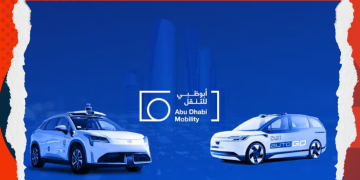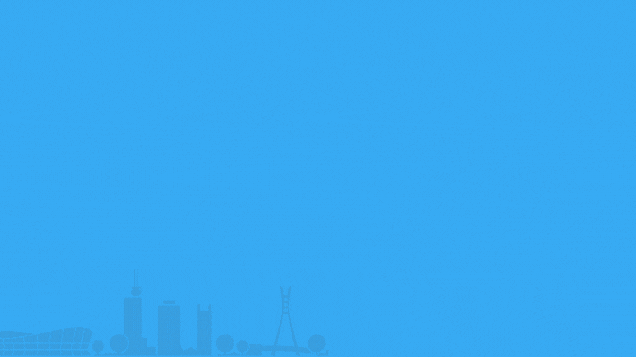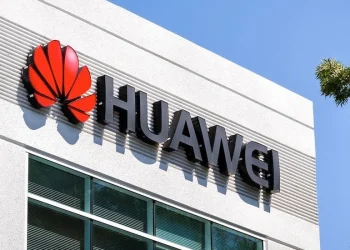Tesla CEO Elon Musk announced that the company will start its robotaxi service in Austin, Texas on June 22. The date is tentative and could change if safety concerns arise.
Musk made the announcement on X (formerly Twitter) on Tuesday. He said Tesla is being “super paranoid about safety” and the launch date might shift. The company plans to start with a small fleet of 10 to 20 modified Model Y vehicles operating in limited areas of Austin.
The robotaxi service represents a major step for Tesla. Musk has bet the company’s future on self-driving technology instead of building cheaper electric cars. Much of Tesla’s high stock value depends on this vision becoming reality.
How the Service Will Work
Tesla’s first robotaxis will be regular Model Y SUVs with new software. The cars will have “Robotaxi” painted on their sides but otherwise look like normal Teslas. Remote human operators will watch the vehicles and can take control if needed.
The service will start invite-only on public roads in Austin. Tesla picked Austin because it has fewer regulations than California. The company has been testing self-driving cars there for months.
Musk said Tesla will expand slowly. The fleet might grow to 1,000 vehicles within a few months. After Austin proves successful, Tesla plans to launch in Los Angeles and San Francisco.
Business Model Plans
Musk compared the robotaxi business to a mix of Airbnb and Uber. Tesla owners will be able to add their cars to the fleet when not using them. Owners could earn around $30,000 per year from the service, according to Musk.
The company will run some robotaxis itself while also letting private Tesla owners participate. Users will request rides through a Tesla app that shows pickup times and lets them control climate settings.
Competition and Challenges
Tesla faces tough competition in the robotaxi market. Waymo, owned by Google’s parent company Alphabet, already provides 250,000 rides per week across several cities. Waymo uses expensive sensors and detailed maps for its service.
Tesla takes a different approach. The company relies mainly on cameras and artificial intelligence. This could be cheaper and faster to scale up, but critics question if it’s safe enough.
General Motors recently shut down its Cruise robotaxi service after safety problems. Amazon’s Zoox is still developing its own robotaxi with a custom-built vehicle.
Safety Concerns
Some groups plan to protest Tesla’s robotaxi launch. The Dawn Project and other safety advocates will demonstrate in Austin on June 12. They want to highlight concerns about Tesla’s self-driving technology.
Federal regulators are also watching Tesla’s robotaxi plans closely. The company must prove its technology works safely without human drivers.
Tesla’s current “Full Self-Driving” feature still requires human oversight. The robotaxi version will be fully autonomous, meaning no safety driver in the car.
Timeline and Future Plans
Musk said the first Tesla that drives itself from the factory to a customer’s house will happen on June 28, his birthday. This automated delivery service will start after the robotaxi launch.
Tesla also plans to produce a purpose-built robotaxi called the Cybercab starting in 2026. This two-door vehicle has no steering wheel or pedals. The Cybercab is separate from the Model Y robotaxis launching this month.
By late 2026, Musk predicts over one million self-driving Teslas could be operating across the country. The CEO has made similar bold predictions before that didn’t come true on time.
Market Impact
Tesla’s stock has struggled recently due to slowing electric car sales and competition from Chinese automakers. The robotaxi service could boost investor confidence if it launches successfully.
However, Musk’s political activities have hurt Tesla’s brand in some markets. His support for Donald Trump and controversial social media posts have led some customers to avoid Tesla products.
The robotaxi launch comes at a crucial time for Tesla. The company needs new revenue sources as its car business faces more competition. Success in Austin could validate Musk’s self-driving strategy and Tesla’s high valuation.















Comments 1